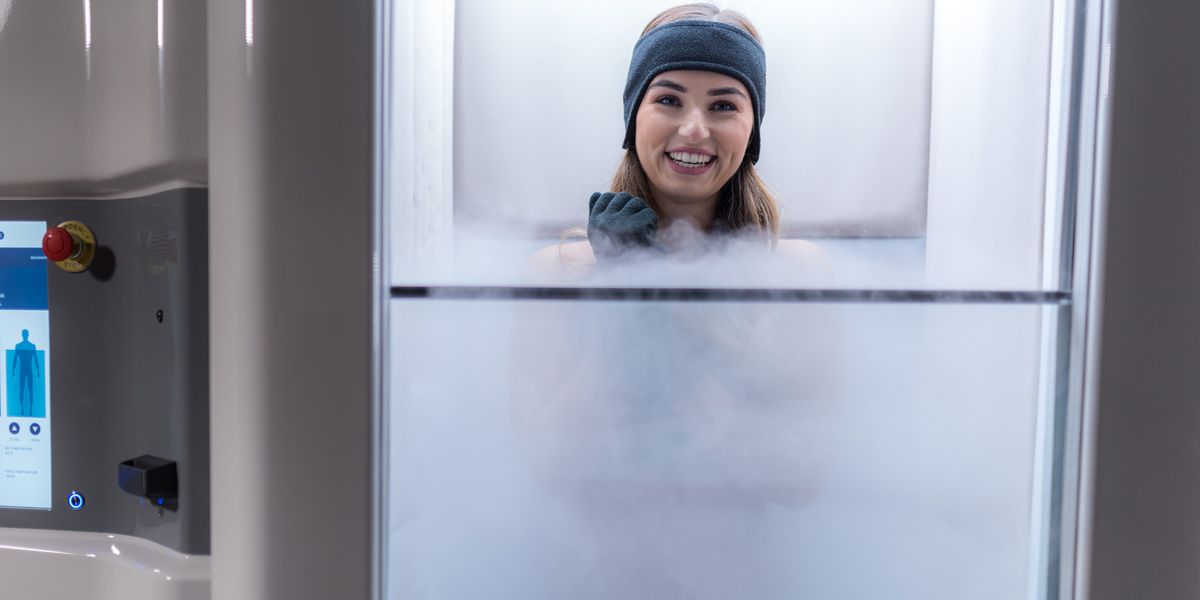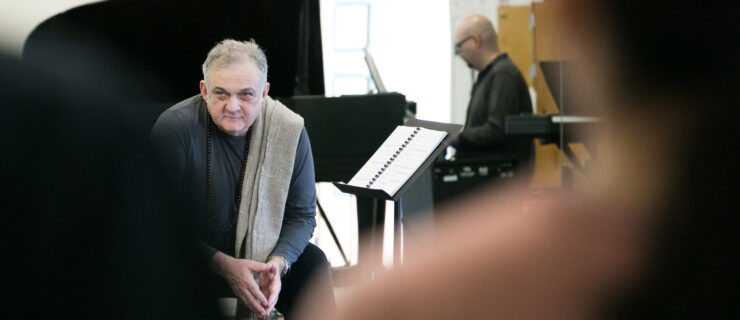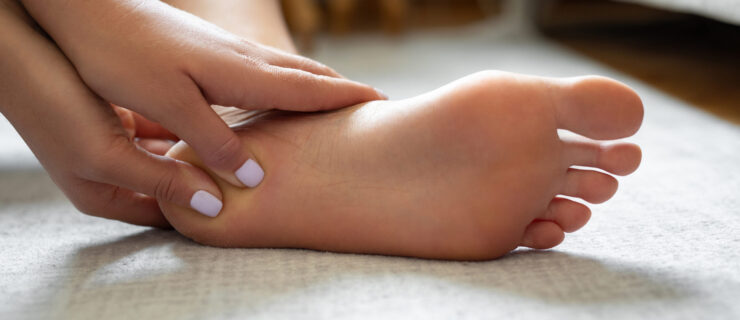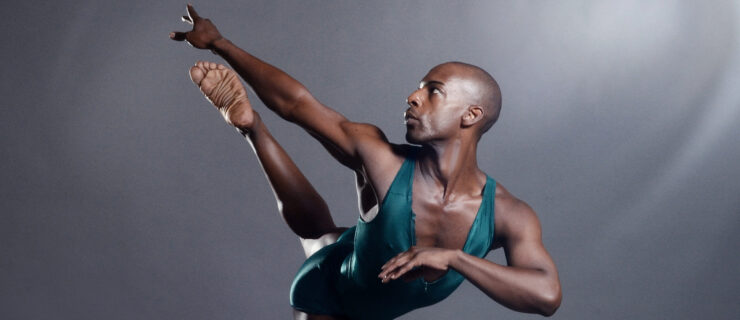Why Dancers Are Freezing Their Way to A Faster Recovery
Dancers are known for going to great lengths to prepare their bodies to perform at their best. But the latest recovery trend that dancers—and star athletes from Kobe Bryant to Floyd Mayweather Jr.—are using is perhaps the most extreme treatment yet.
Whole-body cryotherapy (as opposed to other forms of cryotherapy, such as an ice bath or an ice pack) is said to significantly speed up recovery time by immersing the body in a chamber of very cold air. Once only available in fancy professional sports locker rooms, there are now over 700 whole-body cryotherapy locations across the country.
What Is It?
Whole-body cryotherapy rapidly drops the body’s skin temperature so that the brain thinks it’s going into hypothermia. The body responds by sending blood to the muscle tissue and then constricting the vessels to send the blood back to the heart (a process called vasodilation and vasoconstriction), triggering in three minutes what the body normally does in 48-72 hours. This increased blood flow is said to help the body to flush out toxins more quickly and recover from soreness and injuries faster. (The treatment is done at wellness centers and spas, not in medical facilities.)
When To Do It
Though whole-body cryotherapy is most often used as a recovery tool, Mark Murdock, managing partner at CryoUSA, says it can also give dancers a shot of pre-performance adrenaline. And unlike other forms of cryotherapy, in the hours after doing whole-body cryo, dancers may find that they are more warmed-up and flexible than usual. (Murdock says that this is one of the biggest misconceptions about whole-body cryo: Many people think that it’s like a short ice bath, but in fact the physiological response is completely different.)
But be wary of cryo wearing you out—it supposedly burns 500-800 calories, after all. New York City Ballet corps de ballet dancer Ashley Hod says the treatment made her feel fatigued, and helped her have the best sleep of her life.
Murdock says dancers could ideally do the treatment every other day—or more if they’re recovering from an injury—though it comes with a fairly hefty price tag, with sessions averaging around $90 each. Don’t try cryo for the first time right before an important performance or rehearsal in case it affects you adversely.
What It Actually Feels Like
 Hod says it feels like a refreshing breeze. Photo courtesy Hod
Hod says it feels like a refreshing breeze. Photo courtesy Hod
According to Hod, cryo feels like when you open the freezer and feel a cold, refreshing breeze. (The air in the chamber can get as low as negative 250 degrees!) The day after, she finds that much of her soreness is gone. She plans to do it once a week as she prepares to come back from an ankle injury.
What You Should Know Your First Time
If you want to try it, Murdock says to make sure you get a waiver, have your blood pressure taken and are asked about any contraindications (meaning medical conditions that may make it unsafe for you to do cryo). You should also receive footwear and gloves to wear in the chamber. Make sure you’re completely dry and clean, without any chemicals on your skin.
Don’t overdo it your first time: Stick with a relatively higher temperature and only stay in for around two minutes.




